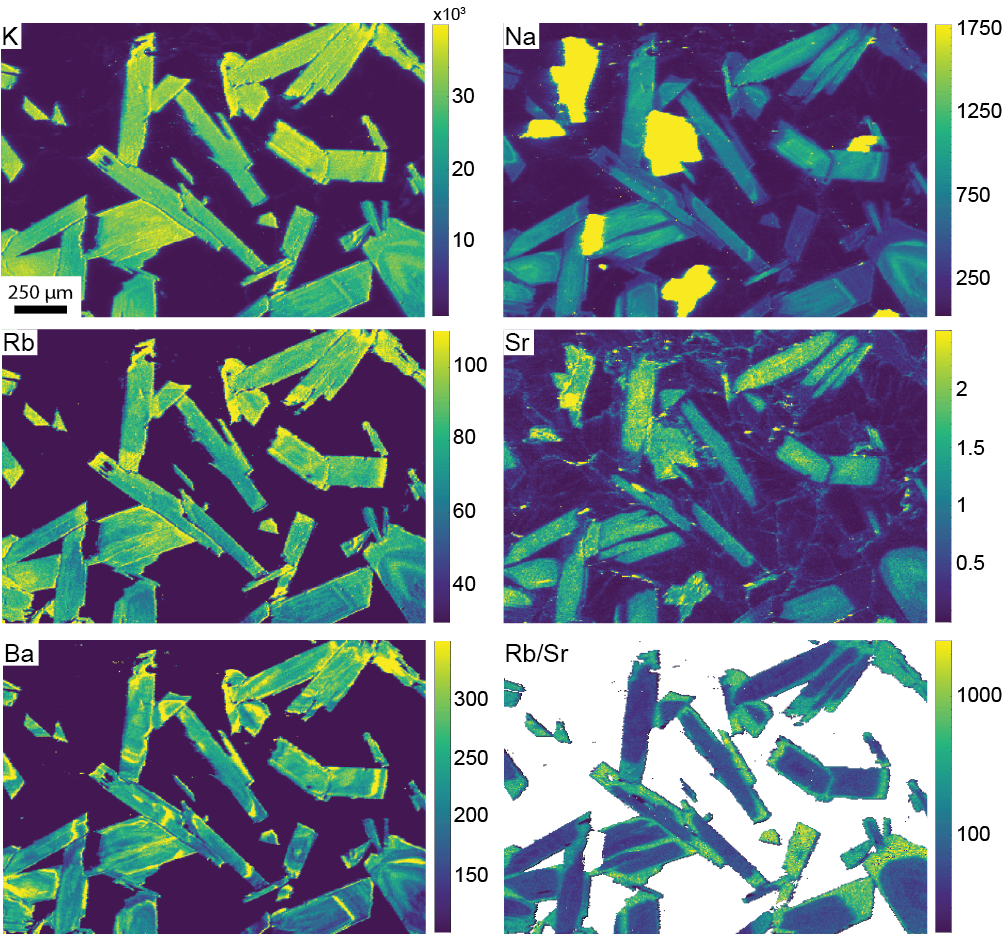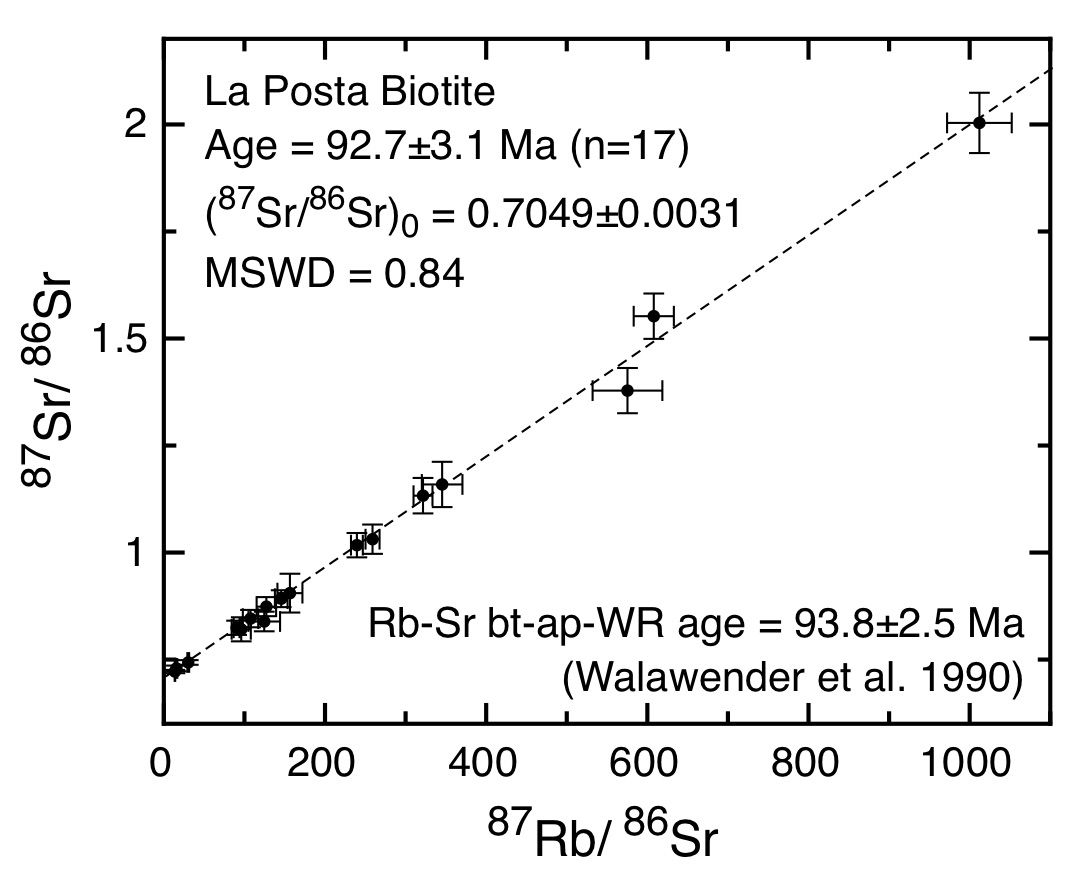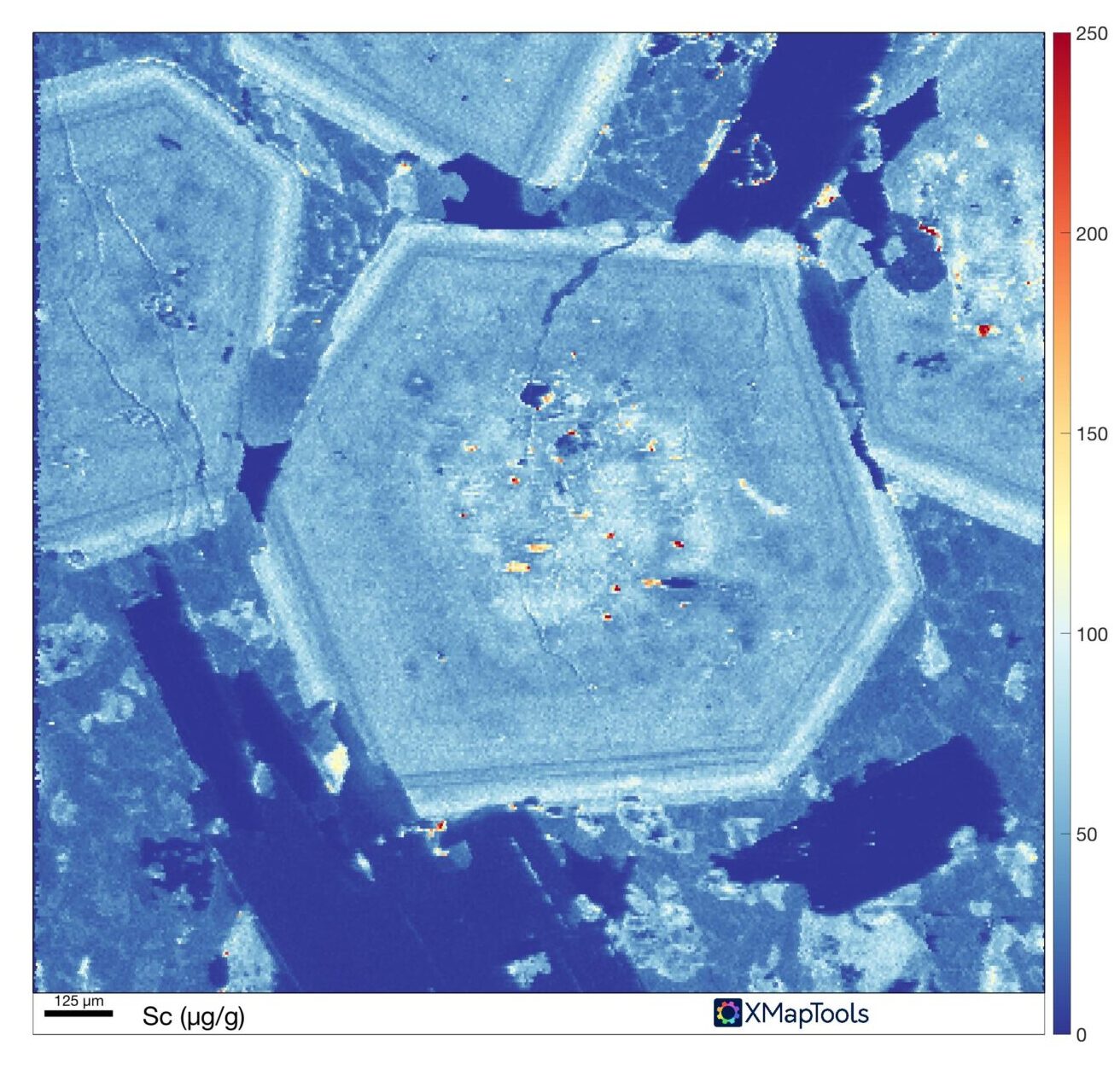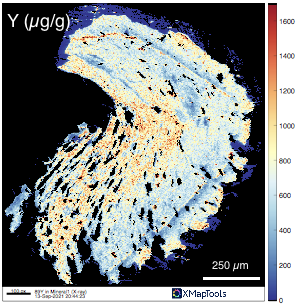MAGIC Lab (MicroAnalytical Geochemistry and Isotope Characterization Laboratory)
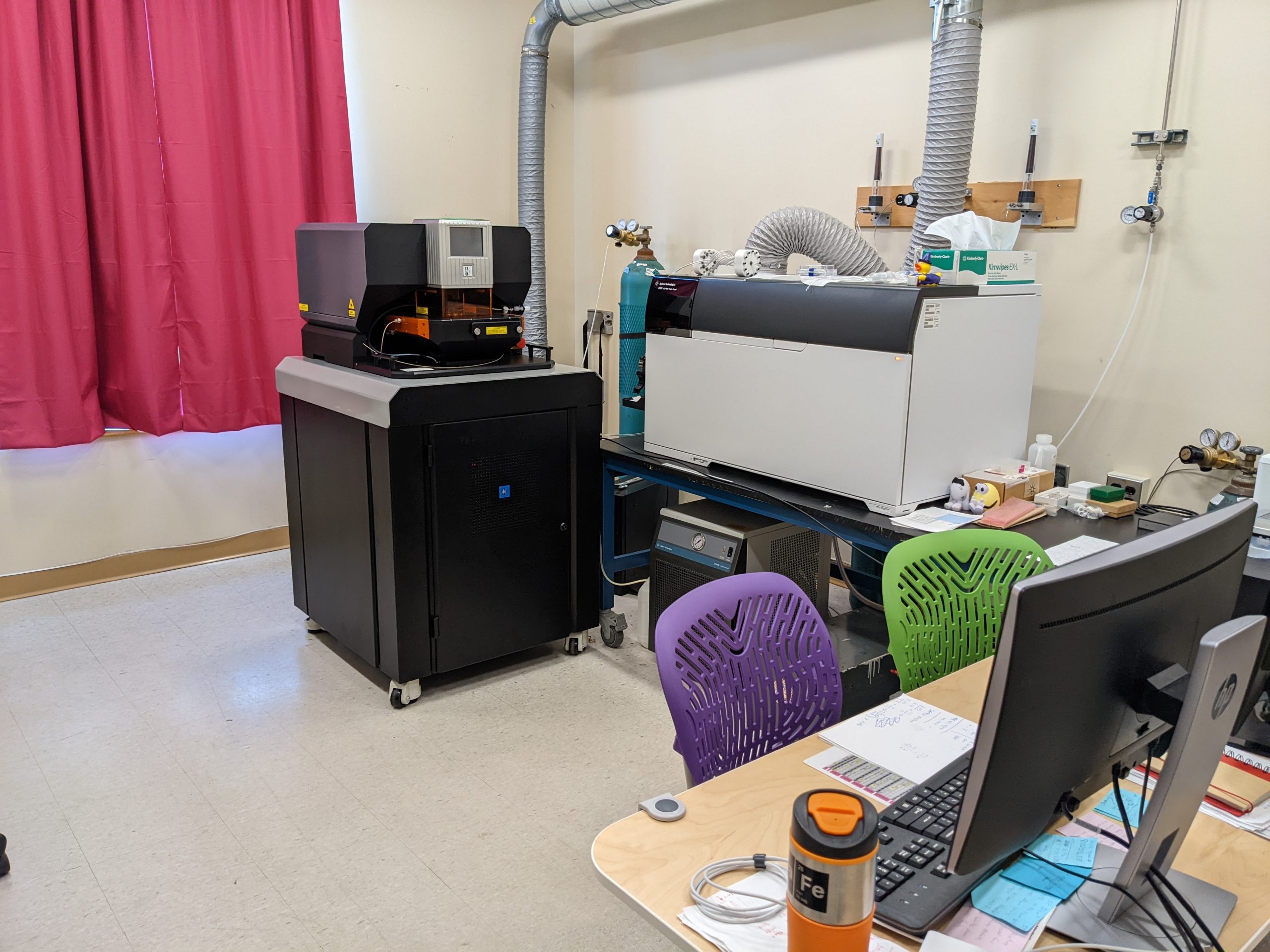
Welcome to the MAGIC lab at the University of Maine! This facility houses an ESI NWR193UC 193 nm excimer laser ablation system coupled with an Agilent 8900 triple quadrupole mass spectrometer (ICP-QQQ-MS).
This system was installed in May of 2018 and is used to analyze trace elements and isotopes in a variety of solid materials, from rocks to forams. The MAGIC lab is a collaboration between SECS faculty and the Climate Change Institute at the University of Maine.
The NWR193UC is equipped with a TV3 large format cell, which can accommodate solid samples up to 8×8 cm. A flexible infinitely variable aperture enables analysis spot sizes ranging from 1–150 µm in 1 µm increments. The rotating XYR aperture allows for square and rectangular ablations.
We welcome users from all over! Please contact Professor Alicia Cruz-Uribe (alicia.cruzuribe@maine.edu) for more information.
The MAGIC Lab is located in the Sawyer building, Room 110, at the University of Maine, Orono. The phone number for the lab is (207) 581-2347.
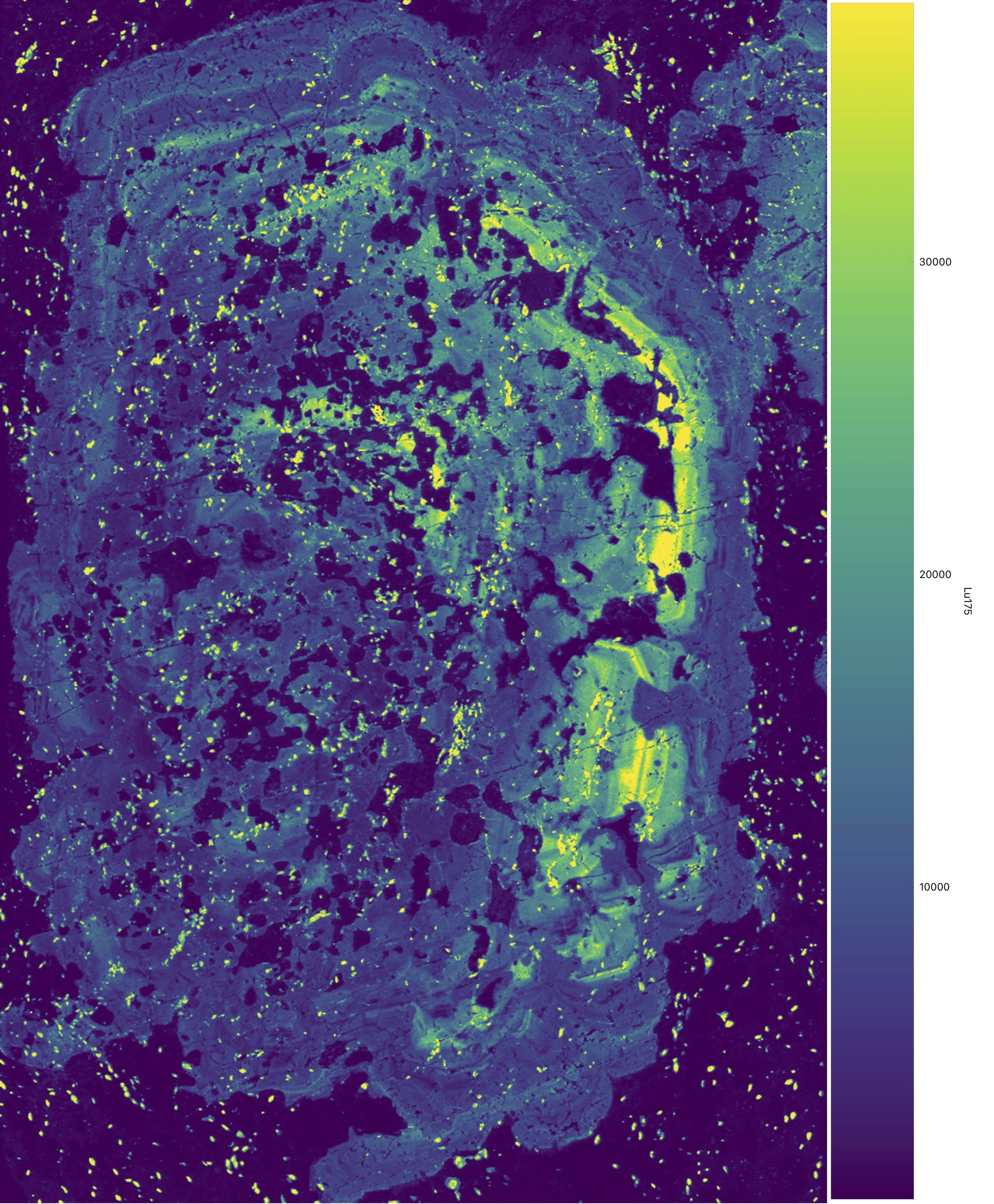
We are currently undertaking fast mapping of trace elements in minerals down to 3 µm spatial resolution. Get in touch if you are interested in doing some analyses with us!
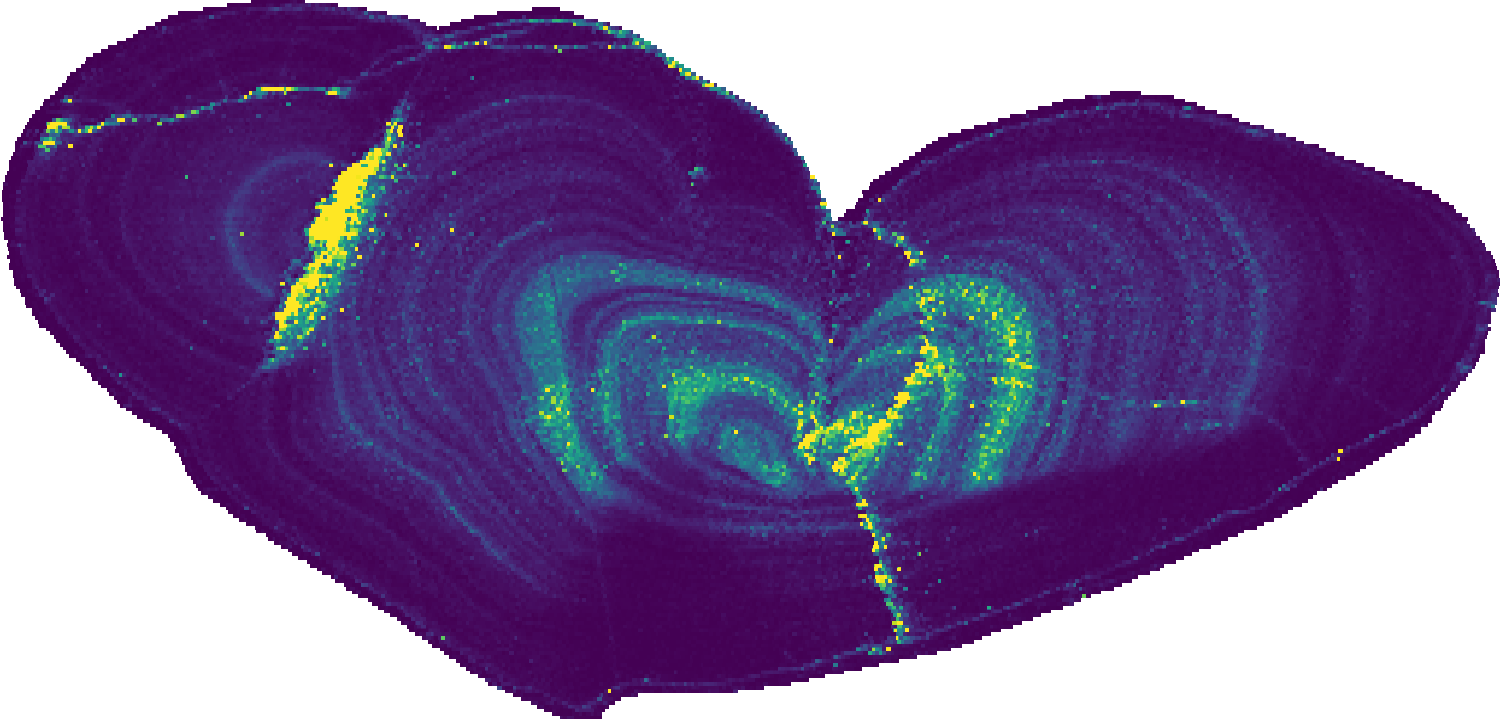
Techniques under development include:
- In situ Rb/Sr dating of feldspars
- Trace element analyses of glass, silicates, oxides, carbonates, and sulfides
- U/Pb dating of zircon, titanite, and apatite
- Trace element analyses of melt and fluid inclusions
- Sr isotope analyses of apatite
- In situ Rb/Sr dating of micas
- High speed mapping
